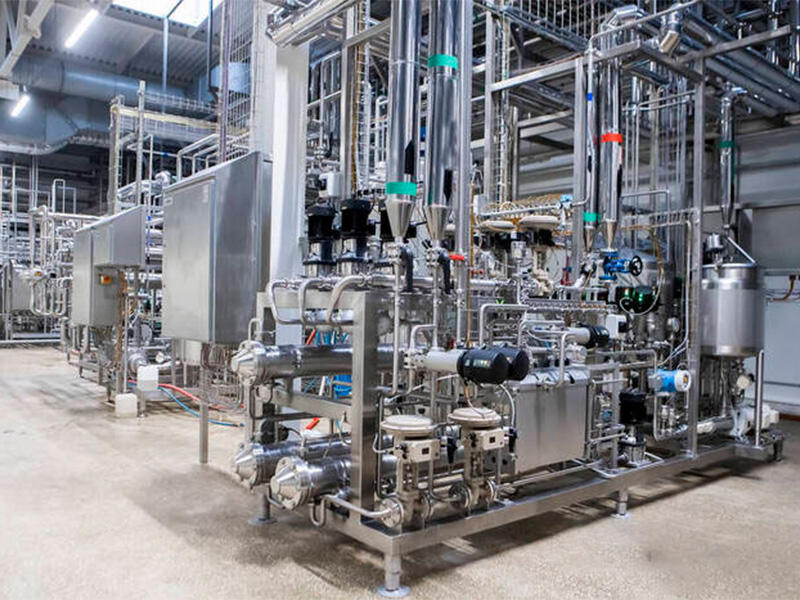Nomonic 80A (GH80A) is a high-temperature alloy based on nickel-chromium, with aluminum and titanium added to form r-phase dispersion strengthening. Except for the slightly higher aluminum content, it is similar to GH4033. The service temperature is 700~800℃, and the temperature is 650~850℃. It has good creep properties and anti-oxidation properties.
Specifications |
In stock, can be customized according to customer requirements |
Form |
Bar,Plate |
Classification |
Superalloy |
material type |
solution treatment system |
statute of limitations |
Hot rolled (or forged) bars for hot working |
1080℃±10℃, 8h, air cooling |
700℃±5℃, 16h, air cooling or |
Hot rolled (or forged) bars for hot working |
Proceed according to system ① or ② |
750℃±5℃, 4h, air cooling |
Cold drawn bar |
①1080℃±10℃, the holding time is as specified in Table 1-3, oil cooling, water cooling or air cooling. |
700℃±5℃, 16h, air cooling or |
C |
Cr |
Ni |
Al |
Ti |
C |
Co |
Fe |
B |
Mn |
Si |
P |
S |
Ag |
Bi |
Cu |
0.04~0.10 |
18.0~21.0 |
Balance |
1.00~1.80 |
1.8~2.7 |
0.04~0.10 |
≤2.0 |
≤1.5 |
≤0.008 |
≤0.40 |
≤0.80 |
≤0.020 |
≤0.015 |
≤0.0005 |
≤0.0001 |
≤0.20 |
GH80A alloyhas good hot and cold processing properties and mainly supplies hot-rolled bars, cold-drawn bars, hot-rolled plates, cold-rolled plates, strips and rings, etc. It is widely used in the manufacture of engine rotor blades, guide blade supports, bolts, blade lock plates, and other parts.
GH80A alloy plates are mainly used to manufacture engine rotor blades, guide blade supports, sector mounting rings, bolts, blade lock plates, and other parts.
GH80A alloymainly includes hot-rolled bars for blades with a diameter of d20~55mm, and hot-rolled or forged bars with a diameter of no more than 300mm;
Cold-drawn bars: round bars with a diameter of 8 to 45mm and hexagonal bars with an inscribed circle diameter of d8 to 36mm; rolled shaped parts with an outer diameter of 1000mm, an inner diameter of 900mm, and a height of 130mm; hot-rolled plates with a thickness not greater than 9.5, thickness Cold-rolled thin plates not larger than 4.0, cold-rolled strips with a thickness not larger than 0.8mm.

The manufacturing process of stainless steel and alloys involves multiple steps to transform raw materials into flat,rectangular sheets or plates made of stainless steel and alloys. Here are a few key steps for stainless steel and alloys:

Molten stainless steel and alloys are cast into large ingots or billets through a casting process.

During the hot rolling process,the thickness of the steel ingot is gradually reduced and elongated to form long strips or coils.

Annealing involves heating stainless steel and alloys to a specific temperature and then slowly cooling it.

Cold rolling is carried out through rolling mills to reduce thickness to meet customer specifications.
Wuxi Walmay Metal Co,Ltd is a comprehensive processing group of Alloy Steel、Forged Parts Fitting、Titanium Alloy、Stainless Steel、Special Welding Wireseries, and more than 800 specifications.
Our group has been engaged in the domestic and global market for more than ten years with rich steel experience and can offer professional advice for customers inapplications with different materials.
Machine cutting
Sheet cutting
plasma cutting
Dynamic waterjet cutting
sawing
Plank leveling
polishing
laser cutting
laser cutting
production cutting
Long product cutting
Bar and structural cutting
polishing
Heat treatment and annealing: Wuxi Walmay Metal can heat treat certain 400 series stainless steels.
Material Reliability Identification (PMI): Wuxi Walmay Metal can complete this testing in-house.
Ut Testing: Ultrasonic testing (UT) uses high-frequency sound energy to inspect and measure stainless steel products.
Our professional sales team answers your questions within 24 hours.
Copyright © Wuxi Walmay Steel Co.,Ltd All Rights Reserved